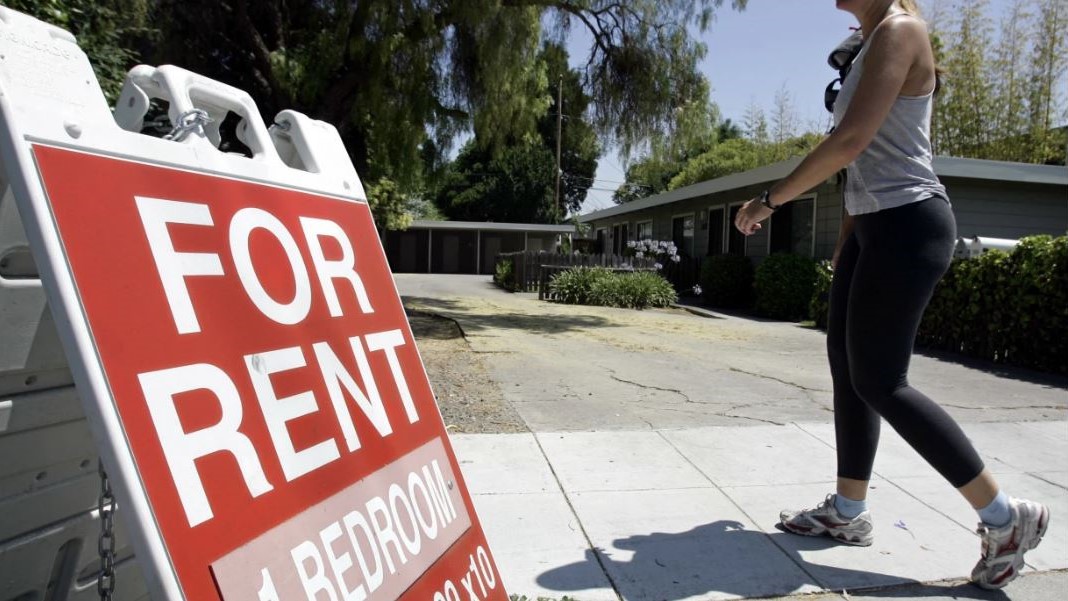
A new analysis by researchers at the University of Florida (UF) concludes low-income renters in the Sunshine State are struggling to meet housing costs as rents climb higher.
The 2025 Statewide Rental Market Study released Wednesday by the UF Shimberg Center for Housing Studies concludes there’s a growing affordability gap for renters. About 904,635 renter households earn 60% less than the median income in their areas. Ultimately that translates to many paying more than 40% of their income on rent.
The study was conducted for the Florida Housing Finance Corp. and the data is used to guide funding decision for Florida Housing’s multifamily programs, including the State Apartment Incentive Loan (SAIL) program.
“Florida’s strong population growth has collided with limited housing supply, pushing rents beyond what many families can afford,” said Anne Ray, Manager of the Florida Housing Data Clearinghouse at the Shimberg Center. “This report helps policymakers and housing providers target resources where the need is most acute — including communities that are experiencing the fastest growth and the greatest affordability gaps.”
That population increase has driven up rental costs. Between 2019 and 2023 there were more than 1 million households added to the state due in part to interstate migration from areas such as Illinois, New York and California, the analysis found. In that period, median rental prices skyrocketed about $500 per month going from $1,238 to $1,719. That price went up despite the addition of approximately 240,000 multi-family units in Florida.
There is at least one finding that leaves a little optimism. People 55 years old and older make up about 39% of burdened households. While that’s up from 2010, it has changed little since 2022.
Still, public assistance for rental units may decrease. The study found more than 33,000 publicly assisted rental units could lose affordability protections by 2034 unless those assistance elements are renewed.
“State- and federally-assisted rental housing developments are essential to providing stable, affordable homes for Florida’s workforce, seniors, and people with special needs,” Ray said. “Florida Housing Finance Corporation’s programs make up a significant portion of this housing, and our study helps ensure those resources are directed where they’re needed most. Preserving these developments — and expanding them — is critical to keeping pace with Florida’s growing population and maintaining affordability.”
The UF Shimberg Center has produced The Rental Market Study every three years since 2001.


